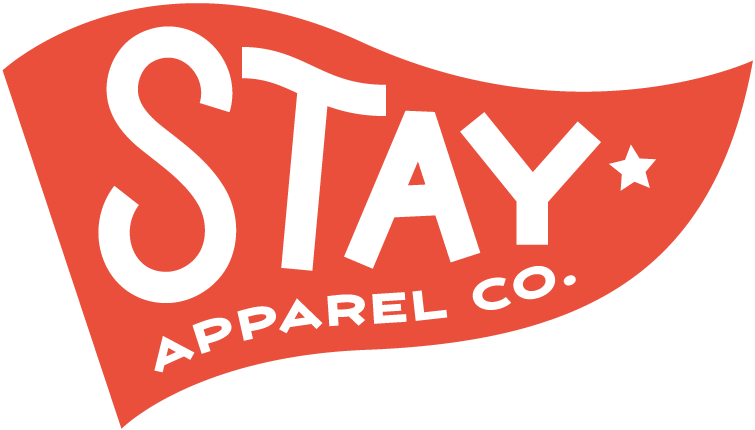Tale of the tee: Hershey Trojans
In the 1930s, newspaper accounts variously referred to Hershey High School’s athletes as “chocolate towners” or “chocolate mixers,” an homage to the central Pennsylvania town’s main product.
Other stories called them the “chocolate town boys” and the “candy girls,” while “Orange and Blue” was the most common nickname, the school’s uniform colors its most obvious identifier.
But the Oct. 30, 1931, issue of Hershey High School’s student newspaper, The Broadcaster, presented another moniker. The only photo on the front page, top center, was the football team, players and coaches sitting or standing four rows deep in front of a set of goal posts.
“Represented here in this picture,” the caption began, “is a group of fighting Trojans who are setting a record this season that will echo from down the records of the Hershey High School.”
Inspired by a plastic badge
The inelegance of that sentence aside, it is remarkable in that it may be the earliest documented linking of Hershey High School to the Trojans nickname.
It was the first such reference I found in my extensive review of local and student newspapers and high school yearbooks from the 1920s and 1930s.
If there was an official adopting of Trojans, I did not uncover it or the inspiration behind the orange-and-blue color scheme.
Regardless, 90-some years later, we are celebrating both as Stay rolls out its new Hershey Trojans Tee.
It was inspired by a plastic badge that my wife, Sara, a Hershey native, acquired when she was a high school student in the 1970s.
Perhaps the earliest documented connection between Hershey High School and its Trojans nickname appears in the Broadcaster student newspaper in October 1931.
Perhaps the earliest documented connection between Hershey High School and its Trojans nickname appears in the Broadcaster student newspaper in October 1931.
Initially, Trojans was mostly if not wholly associated with the football team. The 1931 team opened the season with a road loss against York — and then won its eight remaining games, outscoring opponents 198-18 overall.
“The Orange and Blue ‘Trojans’ opened the eyes of Hanover and Lebanon fans by defeating their much feted high school gridders,” according to Hershey’s 1932 Choclatier yearbook, the second-oldest link between Hershey and Trojans that we found.
Of course, Trojans is hardly unique to Hershey. By one accounting, some 260 high schools across the United States — including many in Pennsylvania — are known as the Trojans.
The University of Southern California adopted Trojans in 1912. A Los Angeles Times sportswriter, Owen Bird, is credited with having likened the fighting spirit of USC athletes to that of residents of the ancient city of Troy.
‘Living example of good sportsmanship’
Hershey High School opened in 1924. In 1930, Alpheus Oscar “Al” Brittain joined the school as teacher, coach and director of athletics. A native of West Pittston, Pa., Brittain lettered in four sports in high school. He played football and wrestled at the University of Illinois while capturing three championships as track coach at a junior high school in Champagne, Ill.
He brought that winning pedigree and a purposeful approach with him to Hershey. A high school basketball coach in Clinton, Iowa, told him the secret to his team’s fast pace was that the players were prohibited from sitting during timeouts.
“You see,” Brittain told the Harrisburg Telegraph in February 1933, “the Clinton coach contended that when players sit down during time out that they become cool and that it requires a few minutes of playing before they can warm up again and regain their stride.”
Brittain established the same rule for Hershey’s players.
Meanwhile, the 1934 Choclatier was dedicated to Brittain, “a man who has been a real, living example of good sportsmanship, and who has shown untiring efforts and unbroken faith in our school in victory or defeat.”
Brittain, who earned a master’s degree from Columbia University and served in the Navy during World War II, retired as Hershey’s athletic director in 1971, the year his wife died. He died in 1980 at age 74.
Trojans and Spartans
Of course, Hershey is known as the Chocolate Town because of Milton S. Hershey. He founded his candy company in Derry Township and built the unincorporated company town of Hershey within it. He and his wife, Catherine, founded the Hershey Industrial School in 1909 as a home and school for orphaned boys.
Until the Hershey Industrial School Junior-Senior High School opened in 1934 in an area known as Pat’s Hill overlooking the town, Hershey Industrial School boys attended Hershey High School, some of them playing for the Trojans football team.
The Hershey Industrial high school’s teams initially were known as “The Brown and Gold” or, presumably in the case of the football team, “Pat’s Passers,” according to a 2019 article in the alumni magazine for Milton Hershey School, as the Industrial School is now called.
But if Hershey was going to be the Trojans, its new cross-town rival also needed an inspiring nickname. The October 1935 issue of the student-written School Industrialist explained: “The new name for the athletic teams is the ‘Spartans.’ It was selected by the popular vote of the student body.”
Despite their proximity, the Trojans and Spartans wouldn’t meet on the football field until Nov. 20, 1943 in the initial Cocoa Bean game, a community service project of the Rotary Club of Hershey and the Hershey Civic Club to fund Christmas boxes for men and women serving in the armed forces.
The Trojans won the first game, 14-7.
The Cocoa Bean has continued as an annual tradition. Through the 2022 season, the Trojans lead the series with 39 wins to the Spartans’ 36. There have been three ties.
The 2023 game is on Sept. 23, when the Spartans play host to the fighting Trojans.


